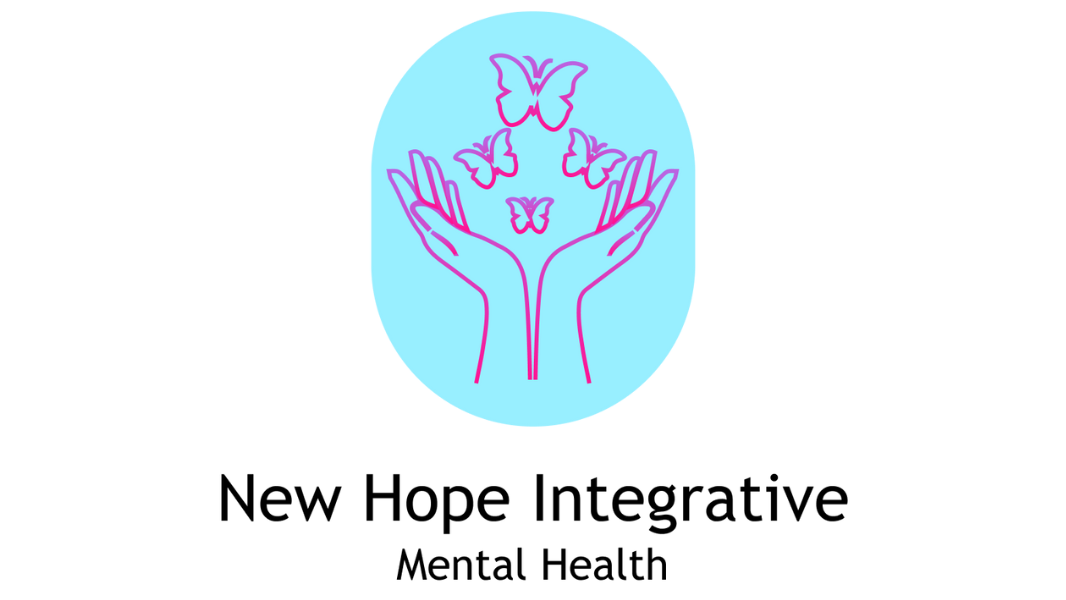Self-harm is a complex and often misunderstood behavior that involves deliberately inflicting harm on oneself as a way to cope with emotional distress or to communicate inner turmoil. It’s crucial to break the silence surrounding self-harm and encourage individuals to seek help and support.
What is Self-Harm?
Self-harm, also known as self-injury or self-inflicted violence, encompasses a range of behaviors, including cutting, burning, hitting, or scratching oneself. While self-harm may provide temporary relief from emotional pain, it is not a healthy or sustainable coping mechanism and can lead to serious physical and psychological consequences.
Breaking the Silence
One of the biggest challenges in addressing self-harm is the stigma and shame associated with it. Many individuals who engage in self-harm may feel isolated and afraid to speak up about their struggles. Breaking the silence surrounding self-harm involves creating a supportive and non-judgmental environment where individuals feel safe to share their experiences and seek help.
Understanding the Root Causes
Self-harm is often a symptom of underlying emotional distress or mental health issues, such as depression, anxiety, trauma, or personality disorders. It’s essential to recognize that self-harm is not a sign of weakness or attention-seeking behavior but rather a coping mechanism for dealing with overwhelming emotions or traumatic experiences.
Seeking Help and Support
If you or someone you know is struggling with self-harm, it’s crucial to seek help from a mental health professional or support group. Therapy, such as cognitive-behavioral therapy (CBT) or dialectical behavior therapy (DBT), can help individuals learn healthier coping strategies and develop skills to manage their emotions more effectively.
Breaking the Cycle
Breaking the cycle of self-harm requires compassion, understanding, and support. It’s essential to address the underlying issues contributing to self-harm and develop alternative coping mechanisms to manage emotional distress. Building a strong support network of friends, family members, and mental health professionals can provide the necessary encouragement and guidance on the journey toward recovery.
Ending the Silence, Finding Hope
Ending the silence surrounding self-harm starts with open and honest conversations about mental health and emotional well-being. By raising awareness, reducing stigma, and offering support and understanding, we can create a more compassionate and inclusive society where individuals feel empowered to seek help and break free from the cycle of self-harm. Remember, you are not alone, and there is hope and help available.


